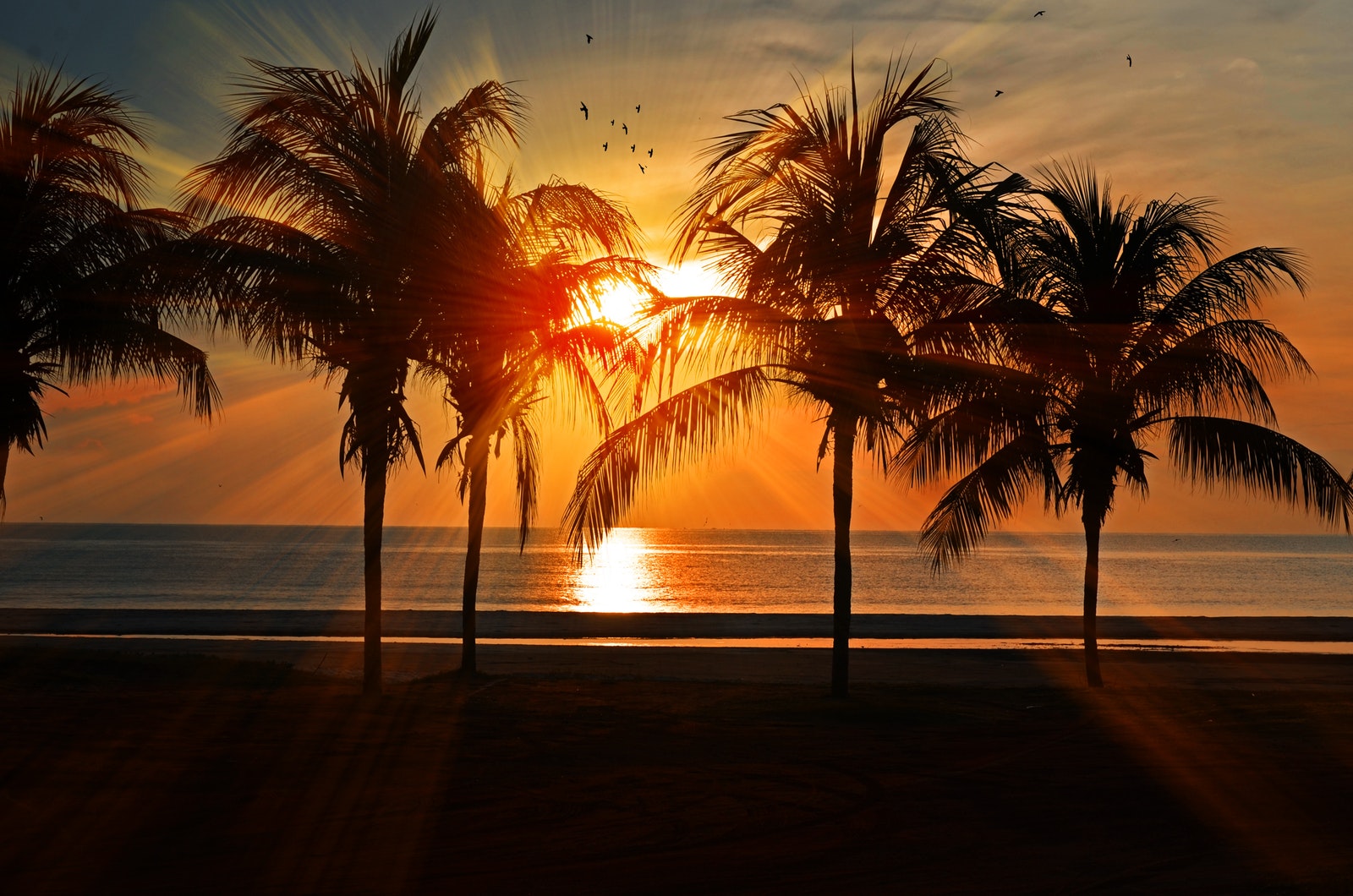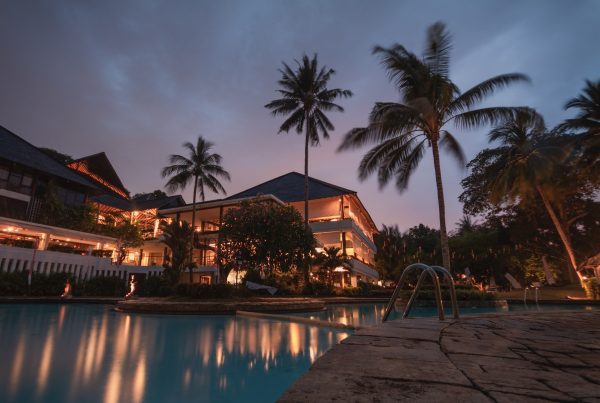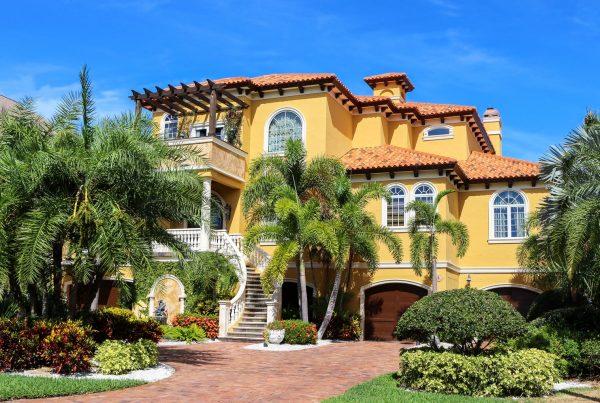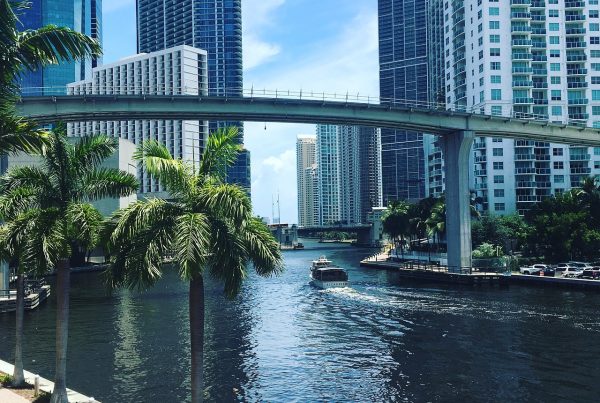South Beach, also nicknamed SoBe, is a neighborhood in the city of Miami Beach, Florida, United States, located due east of Miami city proper between Biscayne Bay and the Atlantic Ocean. The area encompasses all of the barrier islands of Miami Beach south of Indian Creek.
This area was the first section of Miami Beach to be developed, starting in the 1910s, due to the development efforts of Carl G. Fisher, the Lummus Brothers, and John S. Collins, the latter of whose construction of the Collins Bridge provided the first vital land link between mainland Miami and the beaches.
The area has gone through numerous artificial and natural changes over the years, including a booming regional economy, increased tourism, and the 1926 hurricane, which destroyed much of the area. As of 2010, 39,186 people lived in South Beach.
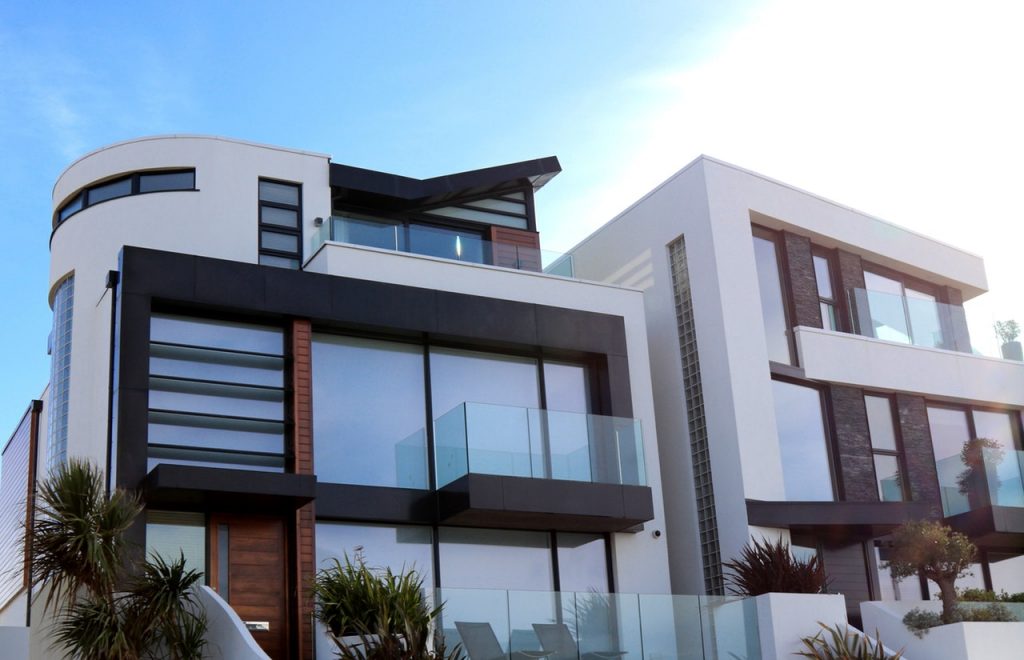
In both daytime and at nightfall, the South Beach section of Miami Beach is a major entertainment destination with hundreds of nightclubs, restaurants, boutiques and hotels. The area is popular with tourists from Canada, Europe, Israel and the entire Western Hemisphere, with some having permanent or second homes there. South Beach has also been visited by many American and foreign tourists, evidenced by the fact that the practice of topless sunbathing by women on the beach and in a few hotel pools on Miami Beach has been considered by the local citizens as being more permissive than on most beaches of the United States, and despite the fact that the practice has not been officially legalized by the local government, it continues to be adopted in large scale.[14][15]
South Beach’s residents’ varied backgrounds are evident in the many languages spoken. In 2000, 55% of residents of the city of Miami Beach spoke Spanish as a first language, while English was the first language for 33% of the population. Portuguese (mainly Brazilian Portuguese) was spoken by 3% of residents, while French (including Canadian French) was spoken by 2%, and German by 1%. Italian, Russian, Yiddish and Hebrew were all spoken by less than 1%.[16]
Another unique aesthetic attribute of South Beach is the presence of several colorful and unique stands used by Miami Beach’s lifeguards on South Beach. After Hurricane Andrew, Architect William Lane donated his design services to the city and added new stops on design tours in the form of lifeguard towers. His towers instantly became symbols of the revived City of Miami Beach. (Content Source: https://en.wikipedia.org/wiki/South_Beach )


